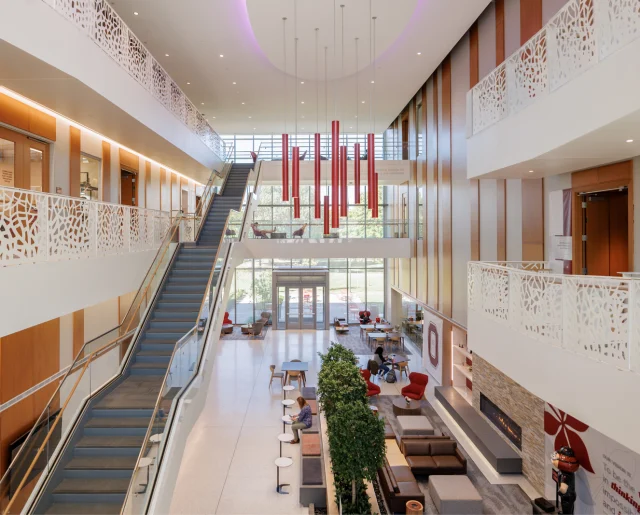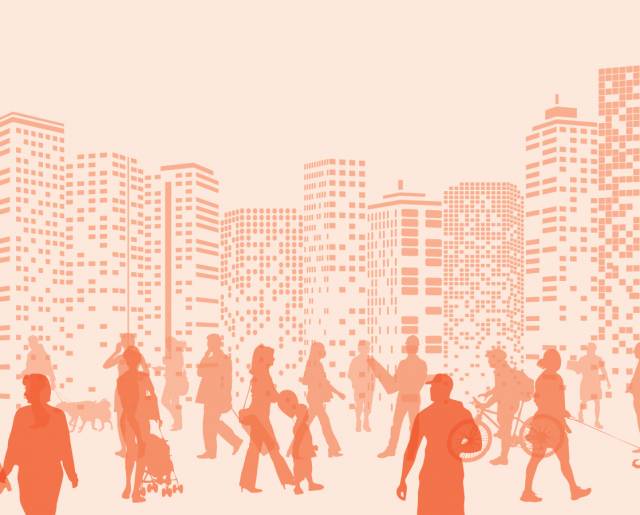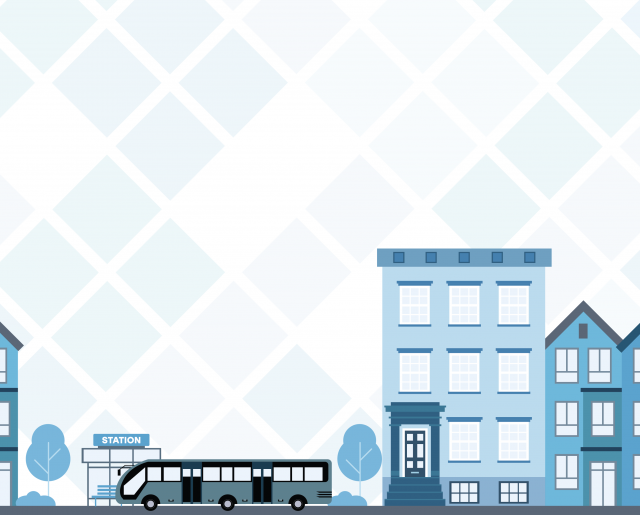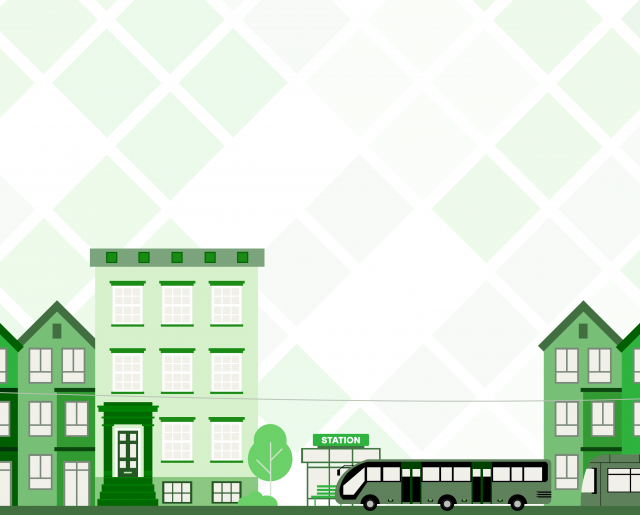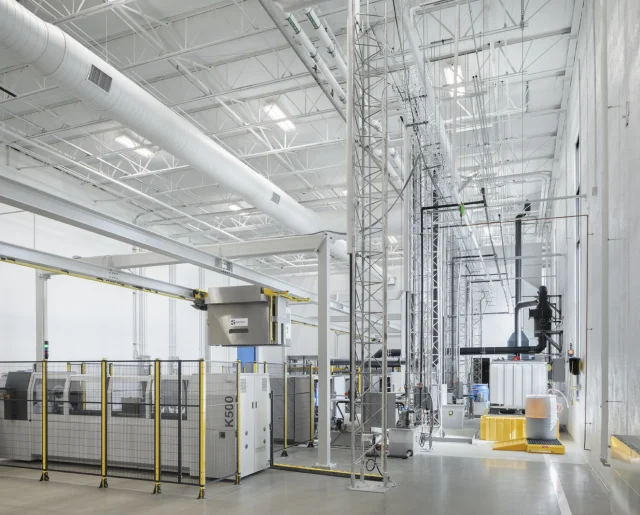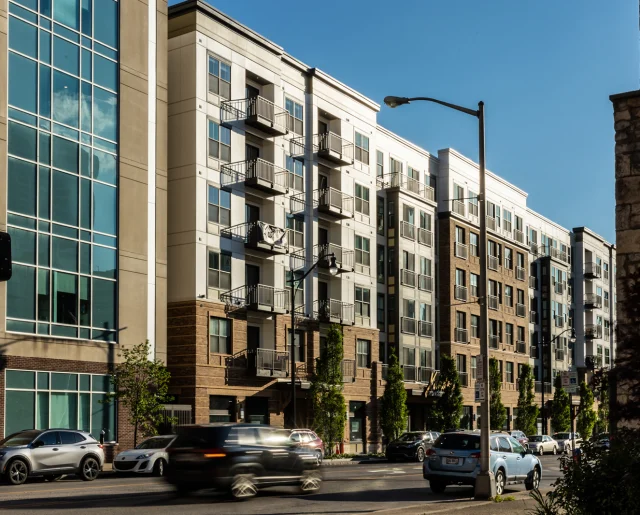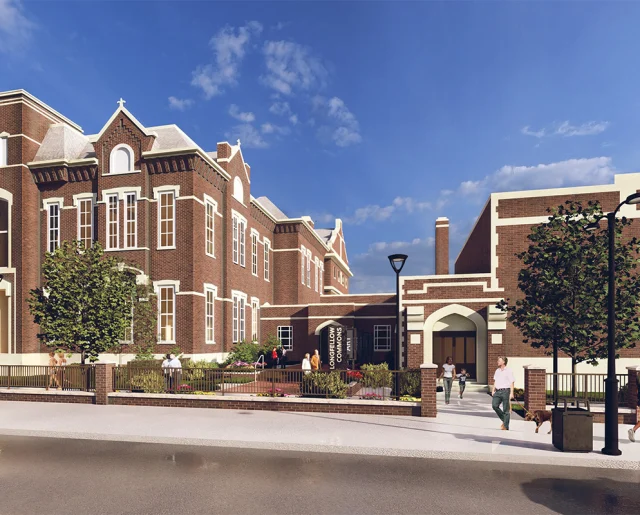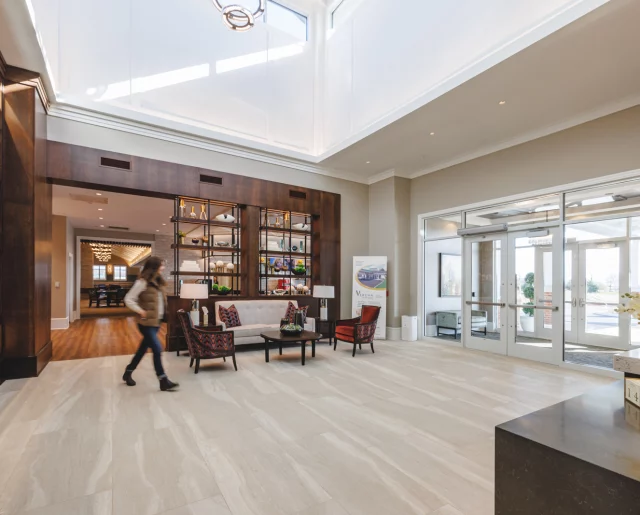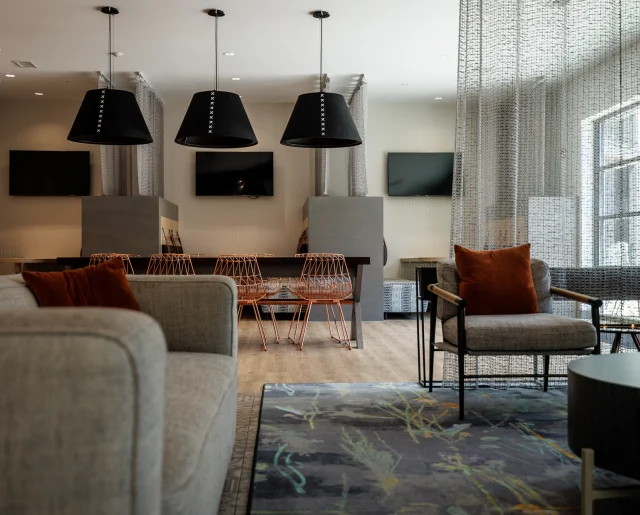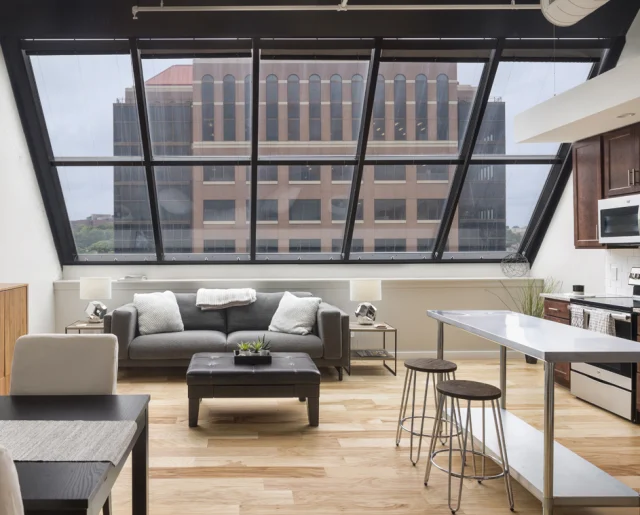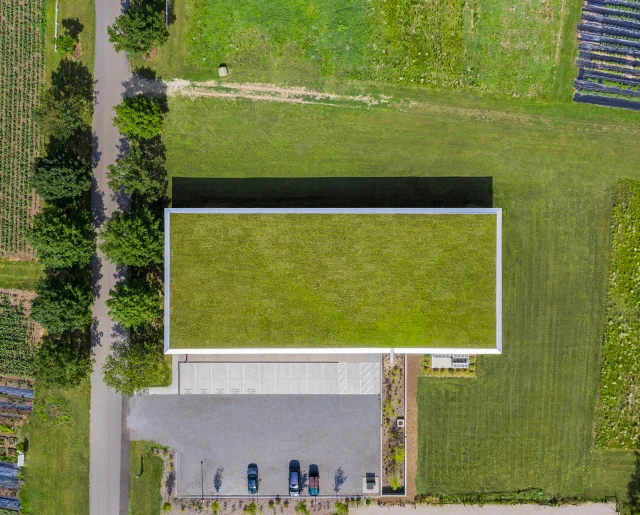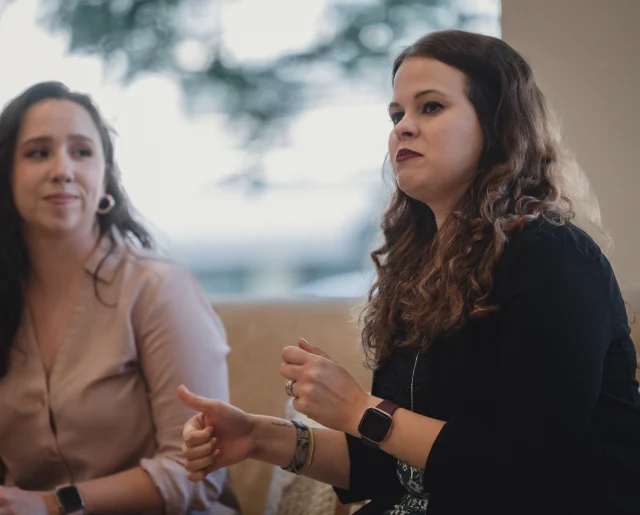3 Strategies to Build Sustainably
The built environment has one of the largest impacts on the environment, In fact, it generates 40% of annual global CO2 emissions according to architecture 2030.
However, there is hope for a more sustainable and environmentally friendly future. With new sustainable developments and trends, designers are finding strategic and intentional ways to lower global emissions and build sustainability.
In honor of Earth Month, and in effort to educate and make a difference, our sustainability team shares 3 trends, efforts and strategies to build sustainability.

1. Living building materials
Finding ways to decrease embodied carbon, since building materials are a large contributor to global emissions, is a trending way to build sustainability. Concrete has been a large area of focus, as it alone is responsible for 9% of global emissions. For example, Brimstone Energy has created a process that makes Portland cement carbon negative, if used with renewable energy. This product is expected to cost the same, or even less, than the traditional version as well. Thus, making it an economically viable solution. (Fast Company).
Another organic material being used in sustainable design is microalgae. Specifically, it is used to reduce energy consumption, improve air quality, and act as an aesthetic choice for buildings. The SolarLeaf building in Hamburg, Germany uses micro-algae in a facade system to help supply hot water, heat the building, or store the energy for a later use. The system also acts as a shade device when it’s sunny outside.
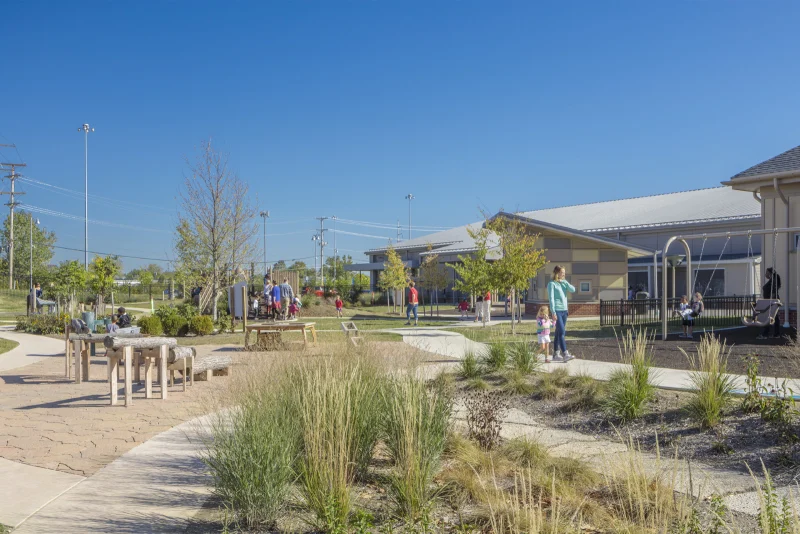
2. Optimize site potential
A sustainable building has the most potential for success when placed on a sustainable site. A few things to consider when looking at a site are:
- Access to public transportation
- Access to amenities
- Existing vegetation (Are there invasive species or endangered species?)
- The topography of the site
SITES is a certification that projects can obtain through incorporating design elements from their 10 areas of focus. These 10 areas are:
- Site context
- Pre-design assessment and planning
- Water
- Soil and vegetation
- Materials selection
- Human health and well-being
- Construction
- Operations and maintenance
- Education and performance monitoring
- Innovation or exemplary performance
Landscape is a crucial aspect of the built environment, and has the opportunity to protect and regenerate our ecosystems, this said it is paramount – no matter the size of the project – to pick the right landscape.
“Too often, a site is seen as an afterthought-something to be altered and shaped once elements like buildings and roads are finalized. However, unlike buildings, which typically depreciate, high-performance landscapes appreciate by continuing to provide a variety of benefits such as managing stormwater, cleaning air, sequestering carbon, regulating climate and providing habitat for wildlife.” (USGBC)
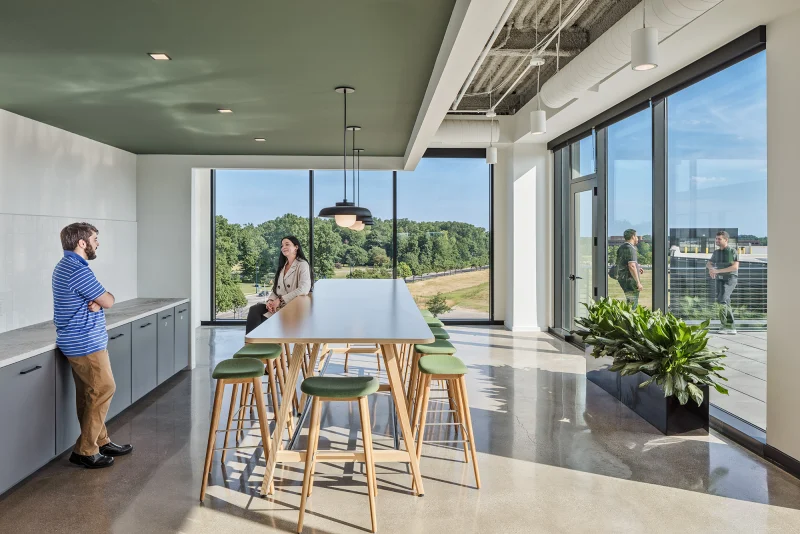
3. Biomimicry
Net-zero means balancing the amount of greenhouse gases (GHG) produced by human activities to zero through reducing emissions, absorbing CO2 from the atmosphere, and other offsets.
To give context, it takes time and energy to get buildings to this point. Nature, however, exceeds this, and leaves the environment cleaner and more efficient. By implementing biomimicry, designers are able to apply concepts introduced by nature. The process of biomimicry has led to products such as velcro, wind turbine blades, and windshields.
As designers of the built environment, we must ask “why or how?”. Moreover, when faced with a problem, ask why it doesn’t work or how this process can be improved.
For example, by the time stormwater hits a lake, river, or ocean, it is extremely polluted from building roofs, sidewalks, and streets. So, how do we improve our built environment so that doesn’t happen? How do we design to capture or treat the water? This is one example out of many opportunities that the built environment poses to the environment.
Researchers, designers, and technology are always evolving and growing to solve the world’s biggest problems. As we increasingly are faced with changes to the environment, we will need to be more creative, innovative and open to doing things differently than they have ever been done before. If you would like to continue the conversation or would like to learn more about how MA Design can help you reach your goals, sustainably, please reach out to Ally Balmer at allyb@designwithma.com.
